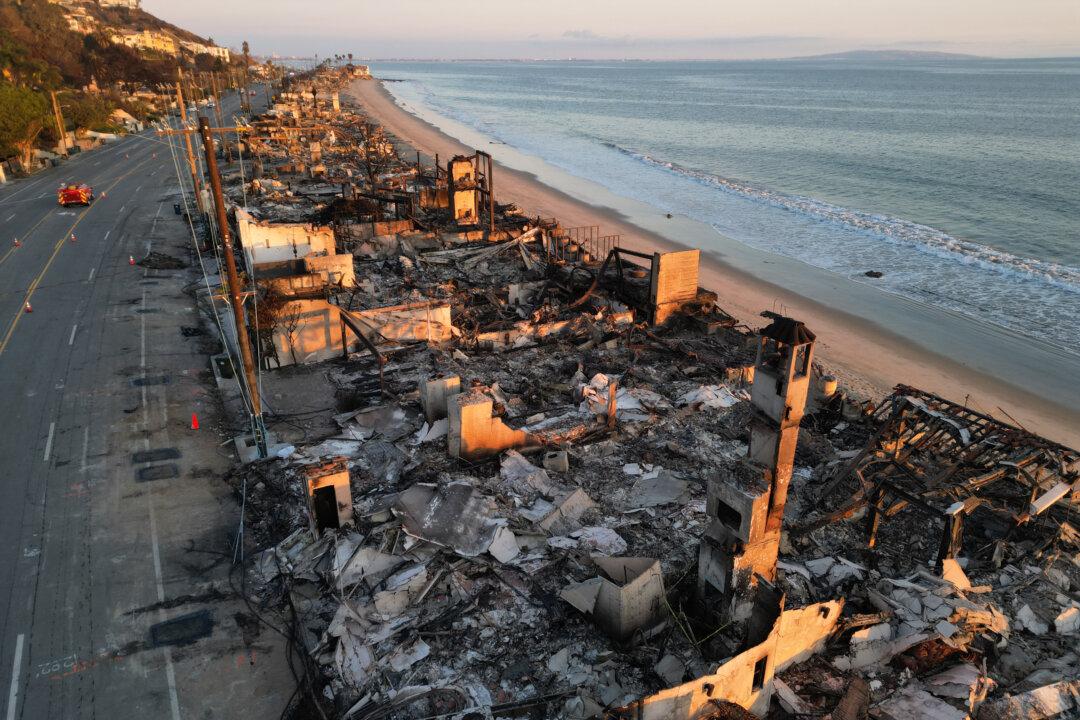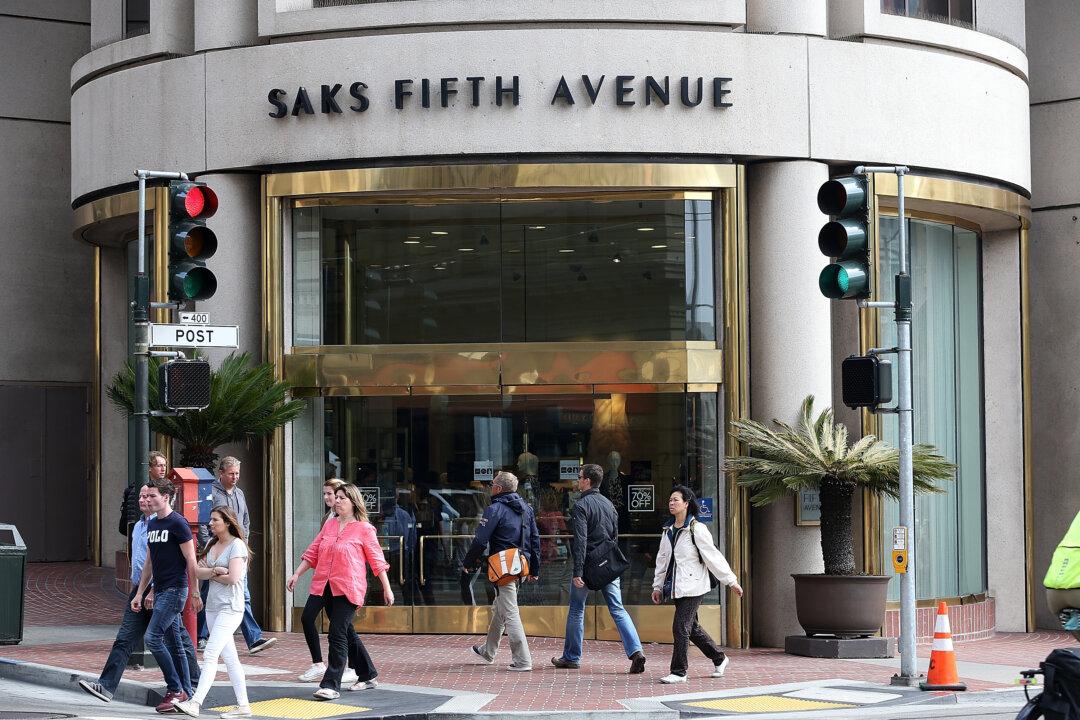Officials on Jan. 20 allowed more Southern California residents to return home to neighborhoods destroyed or damaged by recent catastrophic wildfires, but many face hazards, including contaminated water, toxic debris, and landslides.
The two major wildfires, the Palisades and Eaton fires, that started on Jan. 7 are still burning. Fire crews have the upper hand on both this week despite the arrival of more Santa Ana winds and red-flag fire danger weather warnings, according to the California Department of Forestry and Fire Management (Cal Fire).
On Jan. 19, the county’s health department issued a dust and ash advisory in anticipation of another round of strong Santa Ana winds expected to affect the area starting Jan. 21.
Health officials are encouraging the public to stay inside, keep windows and doors closed, wear masks, and protect their eyes.
Cleanup and removal of any debris must be approved and comply with local, state, and federal laws and regulations, according to the health order.
“Some examples of fire debris include burnt building materials (wood, metal, concrete), burnt household items, pieces of the building’s foundation, and fire-contaminated soil found around burned structures or affected areas, which may contain harmful substances,” the order reads.
The public was also warned that fire-damaged lithium-ion batteries—typically used in electronic devices, electric vehicles, and energy storage systems—presented a “significant risk and should not be touched,” according to the health order.
The Palisades Fire that has killed 11 people and destroyed 6,051 homes had reached more than 23,700 acres, or 37 square miles, by Jan. 20 and was 59 percent contained, Cal Fire reported.
Officials reassessed evacuation orders to allow residents to return home on Jan. 20.

“A soft closure means the area is closed to the general public,” the sheriff’s office announced on Jan. 20. “It is still open to disaster crews, public safety personnel, and residents with identification only.”
California National Guard members are still posted at checkpoints and will ask for identification, according to the sheriff’s department.

Motorhomes, trailers, and moving trucks were still not permitted into the fire area, and residents were asked not to remove anything from within their properties, including debris.
Fire crews working to mop up the Eaton Fire, which claimed 17 lives and destroyed 9,416 homes and buildings in Altadena and Pasadena, have achieved 87 percent containment.
The fire had torched about 14,021 acres, or 21 square miles, by the morning of Jan. 20 in the cities about 15 miles east of Los Angeles.
Air operations continued to support firefighters on the ground by extinguishing hot spots on Jan. 20 in the steep, inaccessible terrain near Winters Creek, Mount Lowe, and Mount Wilson, according to Cal Fire.
“As work continues to fight fires across Los Angeles County, the state is already working to prepare for the damage that can happen when winter rainstorms hit burn scars, causing landslides and flooding,” Newsom said in a statement on Jan. 19. “This order helps keep our emergency response focused on protecting communities, not permits and paperwork.”

In the Eaton Fire area, customers of the Kinneloa Irrigation District, Las Flores Water Company, Lincoln Water Company, Pasadena Water and Power, and the Rubio Canon Land and Water Association were under “do not drink” orders.
The California Water Resources Control Board’s Division of Drinking Water advised all customers in those districts not to drink the water.
“Due to the Eaton Fire, water quality may be compromised and is unsafe for public consumption and use until further notice,” the state wrote in an alert.
In the Palisades Fire area, customers living in the 90270 area code and served by the Los Angeles Department of Water and Power and the Los Angeles County Waterworks Districts No. 29 in Malibu were also issued “do not drink” notices by the state.







